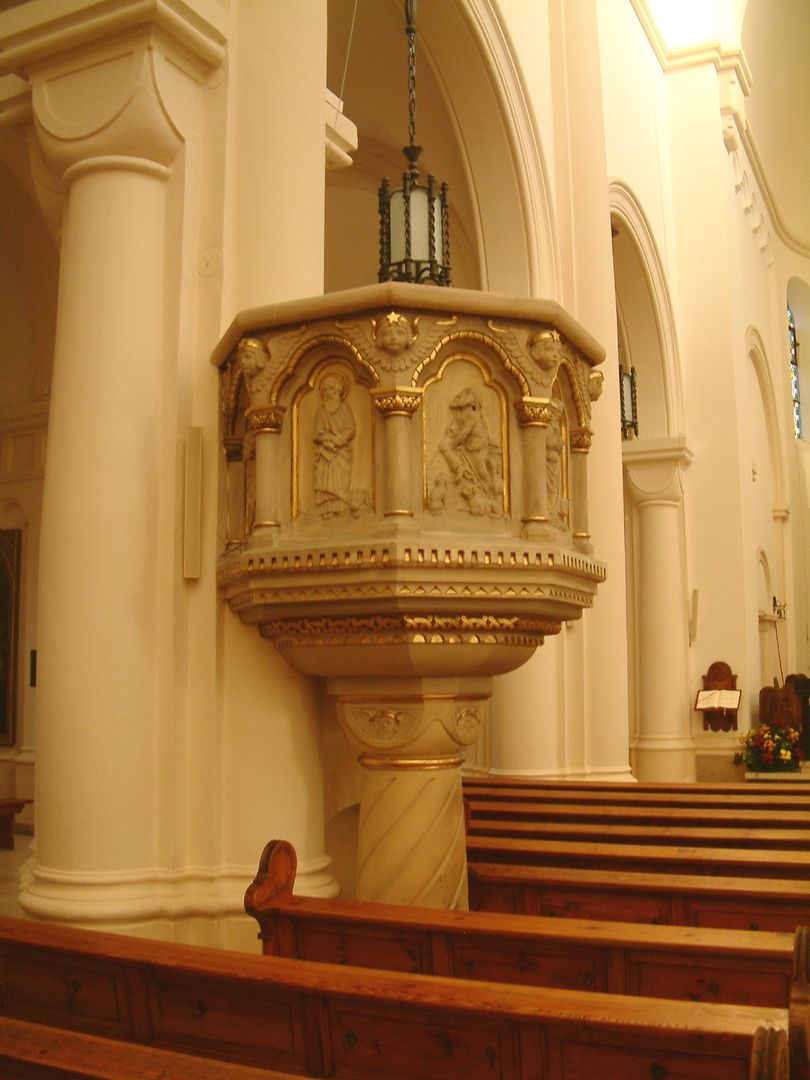Church of Our Lady of Sorrows in Poznań
6.82

Overview
The Church of Our Lady of Sorrows in Poznań is a Neo-Romanesque temple built between 1899 and 1901, located in the Łazarz district at 97 Głogowska Street. Its history dates back to the period when, after Wilhelm II ascended the throne in 1888 and Bismarck resigned in 1890, relations between Germany and the Catholic Church improved, contributing to the need for the construction of new places of worship. The church was designed by Maksymilian Wilczewski, and its construction began in 1899.
The interior of the church is divided into three naves with richly decorated altars, the central one featuring a marble replica of Michelangelo's Pietà. Stained glass windows, both historical and contemporary, enrich the space with expressive biblical scenes and depictions of saints. The church also played an important role in Polish history as a bastion of Polish identity during the partitions and World War II, when it became a sanctuary for Polish clergy. In the postwar years, it served as the primate's church while the cathedral lay in ruins.
The architecture includes numerous distinctive elements, such as the openwork spire of the tower, and on the church grounds, there is a Grotto of Our Lady of Lourdes, symbolizing a connection with the pilgrimage site. Features like the pulpit adorned with gold leaf and the 1905 organ contribute to its unique atmosphere. An interesting fact is that during the occupation, the church provided shelter for Archbishop Walenty Dymek. The church has also been listed as a historical monument, underscoring its cultural and historical significance in the region.
Location
Tickets
Powered by GetYourGuide
2025 Wizytor | All Rights Reserved